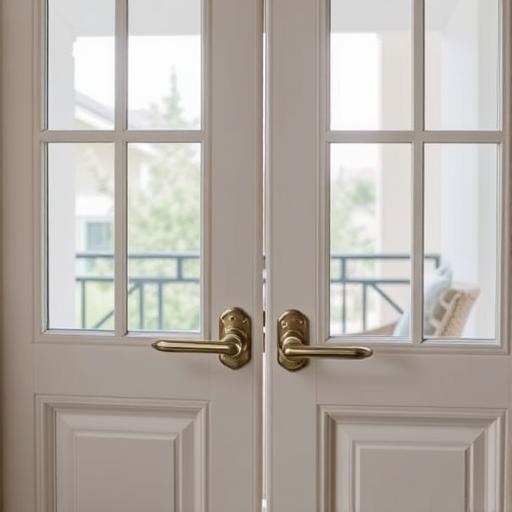Can You Sand Concrete
Concrete is known for its durability and versatility, but over time, it can develop imperfections or lose its smooth finish. If you’re wondering, “Can you sand concrete?” the answer is yes! Sanding concrete is an effective way to resurface, smooth, or prepare it for further treatment. Whether you’re tackling a DIY project or aiming to restore an old surface, this guide will walk you through everything you need to know about sanding concrete. Let’s dive in!
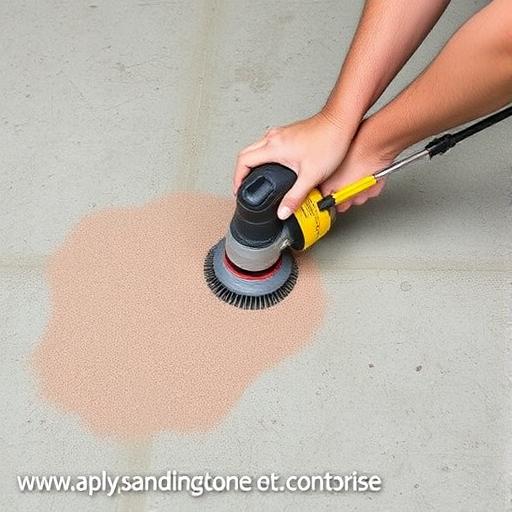
Understanding Concrete Surfaces
Different Types of Concrete Surfaces
Not all concrete surfaces are the same. Some common types include regular concrete, polished concrete, and stamped or decorative concrete. Each type may require a slightly different approach when sanding, especially when dealing with intricate designs or textures.
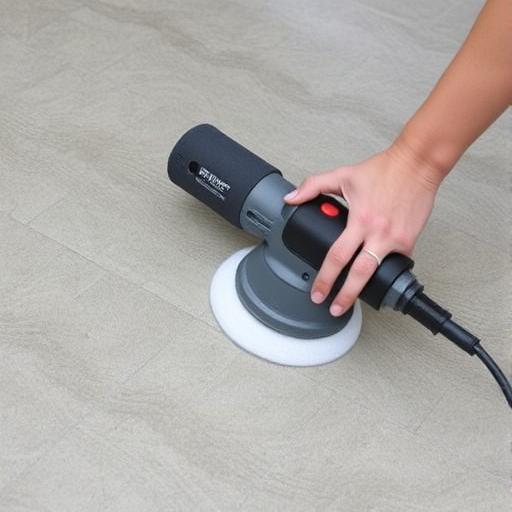
Age and Condition of the Concrete
The age and condition of your concrete play a significant role in determining whether it’s ready for sanding. New concrete should cure fully before sanding, while older concrete may need repairs for cracks or damages. Always assess the surface to ensure it’s suitable for the process.
Preparing Concrete for Sanding
Safety Precautions
Safety should always come first. Wear personal protective equipment (PPE) such as gloves, goggles, and a dust mask. Ensure proper ventilation and use dust control measures to minimize airborne particles.
Cleaning and Initial Maintenance
Before sanding, clean the surface thoroughly to remove dirt, grease, and debris. Repair major cracks or defects to create a stable base for sanding.
Choosing the Right Tools
- Concrete grinders for heavy-duty work
- Handheld sanders for smaller areas
- Diamond cups and plates for precise sanding
The Sanding Process
Initial Grit Selection
Start with a coarse grit to remove significant imperfections, then switch to a finer grit for smoothing. The grit size depends on the condition of the concrete and your desired finish.
Wet vs. Dry Sanding
Wet sanding reduces dust but can be messier, while dry sanding is faster but requires proper dust control. Choose the method based on your project’s needs and workspace.
Sanding Techniques
- Use overlapping passes to ensure even coverage
- Avoid applying too much pressure—let the tool do the work
Sanding Decorative and Stamped Concrete
Special care is needed for stamped or decorative concrete to maintain the design and depth. Work slowly and consistently to avoid damaging the pattern.
Post-Sanding Care and Maintenance
Cleaning and Dust Removal
After sanding, clean the surface thoroughly to remove dust and debris. This step ensures better adhesion for any sealant or finish you apply.
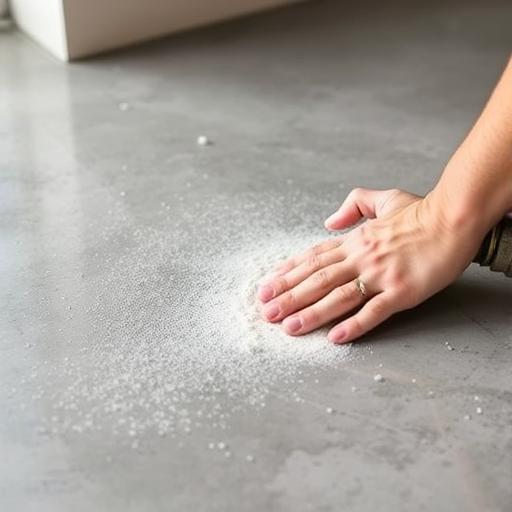
Sealing the Concrete
Sealing protects the concrete from stains, moisture, and wear. Choose from penetrating sealers for a natural look or topical sealers for added sheen.
Regular Maintenance
Inspect the surface periodically for cracks or damage and re-seal as needed to maintain its appearance and durability.
When to Call a Professional
For large or complex projects, or if you’re unsure about the process, it’s best to consult a professional. They have the expertise and equipment to handle the job efficiently and safely.
Frequently Asked Questions (FAQ)
Can I Sand New Concrete?
It’s best to wait until the concrete has fully cured, usually after 28 days, before sanding.
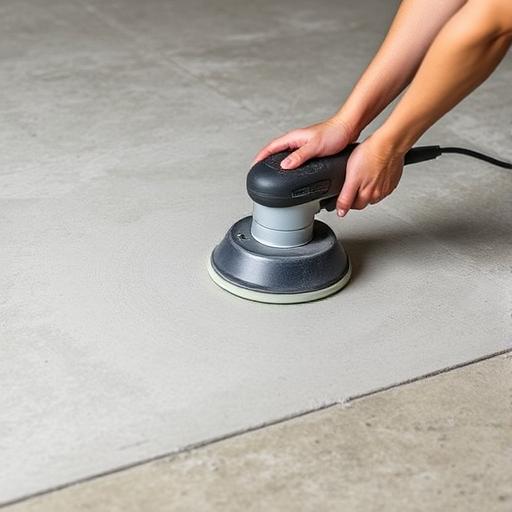
How Many Times Can I Sand a Concrete Surface?
Concrete can be sanded multiple times, but excessive sanding can weaken the surface. Always assess its condition before proceeding.
Is Sanding Concrete the Same as Grinding?
Grinding is more aggressive and used for heavy material removal, while sanding focuses on smoothing and refining the surface.
Can I Rent Concrete Sanding Tools?
Yes, renting is a cost-effective option for one-time projects. However, buying may be better if you plan to use the tools frequently.
Is Sanding Concrete Messy?
Sanding can be messy due to dust, but using wet sanding or dust control measures can minimize the mess.
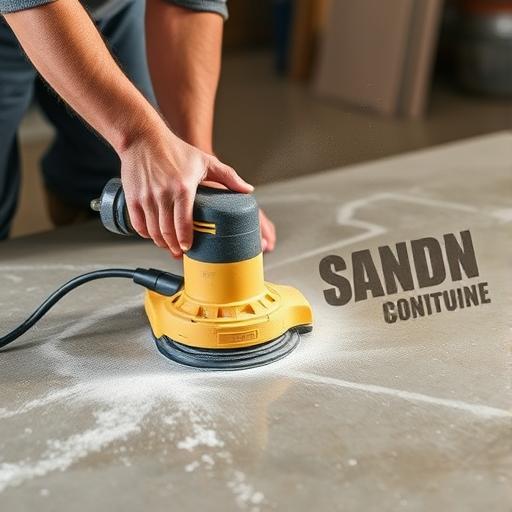
Conclusion
Sanding concrete is a practical way to refresh and restore surfaces, whether for functional or aesthetic purposes. With the right tools, techniques, and safety precautions, you can achieve a smooth, professional finish. For larger or more complex projects, don’t hesitate to call in a professional. Now that you’re equipped with this knowledge, why not give it a try?




